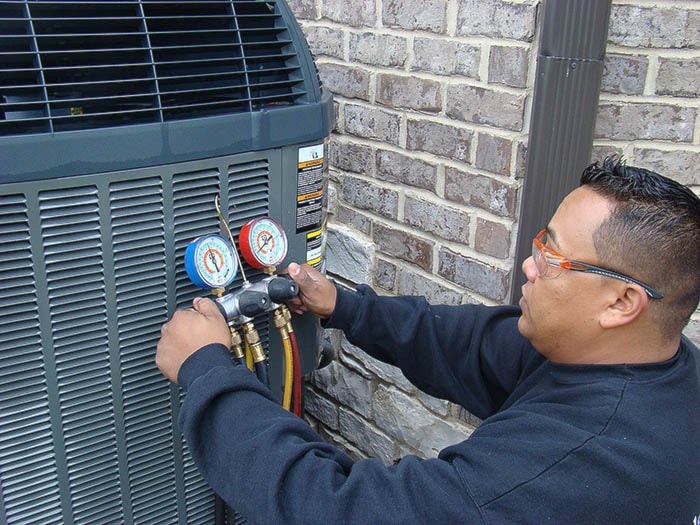Far be it from this space to complain about the sun and heat, considering how many months of the year we deal with clouds, drizzle and, with apologies to folks from other parts of Canada, winter we endure, but cooling suggestions are definitely timely.
And cooling one’s home during the hottest summer months can seem baffling at times.
Does conventional wisdom say window fans should be placed to draw air in or out? Should ceiling fans draw upwind or force downwind in the home? And what about windows, shades, and awnings? Should north-side windows be left closed or open during the day? And are awnings better than shades?
Efficient cooling of your home can save you money, energy, and improve the quality of your life.
Experts from across the country agree on a variety of ways to reduce and cool a home during these dog days of summer.
Windows
Reduce sunlight heat by using effective shade for east and west windows. Closing south- and west-facing curtains during the day, for any window that gets direct sunlight, and keeping them closed, too, can dramatically lower household heat.
Installing white window shades or mini-blinds can reduce solar heat gain by 40 to 50 per cent. Hanging tightly woven screens or bamboo shades outside these windows during the summer can stop 60 to 80 per cent of the sun’s heat from actually getting to the windows.
Installing awnings on south-facing windows, in places where there’s insufficient roof overhang to shade, also helps reduce heat.
According to the Washington Post, the U.S. Department of Energy estimates that awnings can reduce solar heat gain by as much as 65 per cent on windows with southern exposures and 77 per cent on western-exposure windows.
Some people have applied low-e, sun-blocking films to their windows to further reduce effect from the solar light.
Try to keep the house closed tightly during the day to avoid allowing in unwanted heat and humidity. Ventilate the home at night either naturally or with fans.
Fans
You can eliminate unwanted heat through ventilation if the temperature of the incoming air is 25 C or lower. This usually works best at night and on cool days.
Using window fans for ventilation is a good option if used properly. The fans should be located on the downwind side of the home, and be facing out to draw cooler air in. A window should be open in each other room, with interior doors open to allow airflow.
Ceiling fans can be used to make a room more comfortable when the mercury is reaching above 25ºC. A slow-turning, ceiling-mounted, paddle fan can easily provide enough airflow to compensate for higher temperatures.
Air conditioner
On an older central air conditioner, it is wise to consider replacing the outdoor compressor with a modern, high-efficiency unit, and ensuring it is properly matched to the indoor unit. And always try to maintain your air conditioners properly to maximize its efficiency.
Ensure your room A/C or the outside half of your central A/C is in shade, if possible to increase the unit’s efficiency by five to 10 per cent.
It is recommended that you clean your A/C’s air filter monthly during cooling season as normal dust build-up can reduce airflow by one per cent, per week.
Be sure to properly size any new air conditioner you consider buying. Help from an energy auditor or air conditioning contractor is advised. And try not to air condition unused rooms and turn off your A/C when you leave for more than an hour.
You might also want to check air conditioner ducts and insulate ducts that run through unheated basements, crawl spaces, and attics.
If you live in a townhouse or condominium, be sure to check with your strata council or property manager before hooking up an air conditioner to ensure that is allowed.
If you’re in a jam for A/C, you can always make one out of a cooler, an elbow pipe, a small fan and some ice. Just search YouTube for the instructions.
Take heat-reduction into account when planning your summer day’s indoor activities too. Wherever possible, delay heat-generating activities — such as dish washing, cooking — until evening on hotter days. Use the outdoor barbecue instead of the indoor stove.
Add a hammock and a cool beverage, and you’re set for summer.
– By Kevin Gillies, a freelance writer for Black Press.
